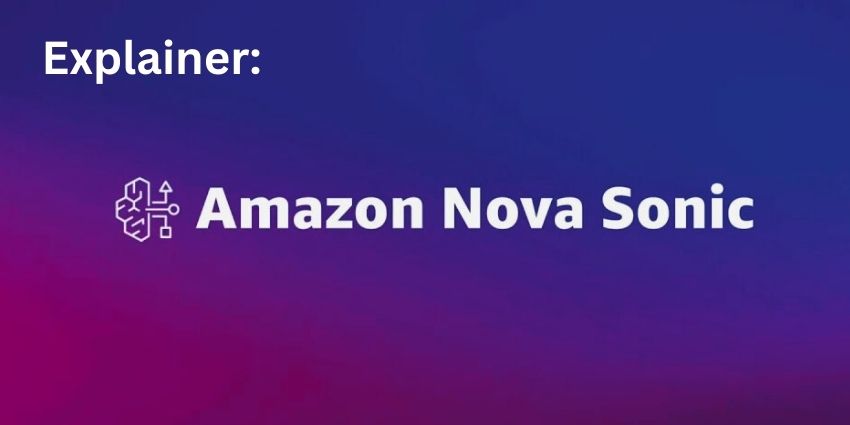Contact centres typically come in one of three variants — inbound, outbound, or mixed (also known as blended contact centres). Depending on the nature of your organisation, you could employ one or more of these types. For instance, a large retail organisation will typically have separate inbound and outbound teams, while a smaller retailer has a blended team for both.
You could also choose to host your contact centre in-house or opt for managed services (i.e., outsourcing). It isn’t uncommon to find companies that outsource the outbound function while keeping inbound in-house, ensuring costs remain optimum.
These three types of contact centres serve very different use cases and must be employed judiciously. Here is all you need to know.
- Inbound is for support and outbound looks after outreach – It is a common misconception that outbound contact centres only deal with sales (think cold calling). In reality, outbound teams serve a wide range of functions, including customer follow-ups, debt collection, service renewal reminders, new product updates, etc. Inbound teams are tasked with solving customer queries, aiding post-purpose activities, and sometimes converting prospects.
- Mixed/blended contact centres call for highly specific skills – A good blended agent is difficult to find, as they must be able to multitask with ease, switching between different modes and mindsets. Tasks like persuading a disinterested prospect, crafting a support email, and explaining complex product intricacies require diverging skills — all of which must be present in a blended agent. Therefore, blended contact centres should not be looked at as a cost-savings tactic and must be approached with a clear hiring, screening, and training strategy
- Inbound and outbound contact centres have varying cost components – Inbound teams are typically paid by the hour or based on the volume of calls handled. Companies with a small, high-value customer pool (e.g., B2B software) could employ full-time employees who are paid monthly wages. In contrast, outbound contact centres often follow an incentivised payment model where agents have a lead generation goal and can earn a portion of the profits generated
- The technology stack for inbound and outbound looks very different – The primary enabler for inbound is an automatic call distributor (ACD) — answering calls, initiating a queue, offering an IVR, and routing to an available agent. For outbound, you need to use an automated dialler of some kind, either predictive, progressive, or power. Blended contact centre software combines both these features on a singular dashboard, giving agents the flexibility to switch as demand fluctuates
Inbound vs Outbound vs Mixed – Which One is the Most Profitable?
Typically, inbound contact centres are more profitable than outbound, as you already have an existing customer base who are likely to continue doing business as long as service levels are high.
In contrast, outbound contact centres could be reaching out to disinterested/top of the funnel prospects with no ROI guarantee. Finally, blended contact centres offer the steadiest returns as demand from one side can help offset a dip in the other. But do keep in mind, the relatively high cost of setup, training, and operations before getting started.







